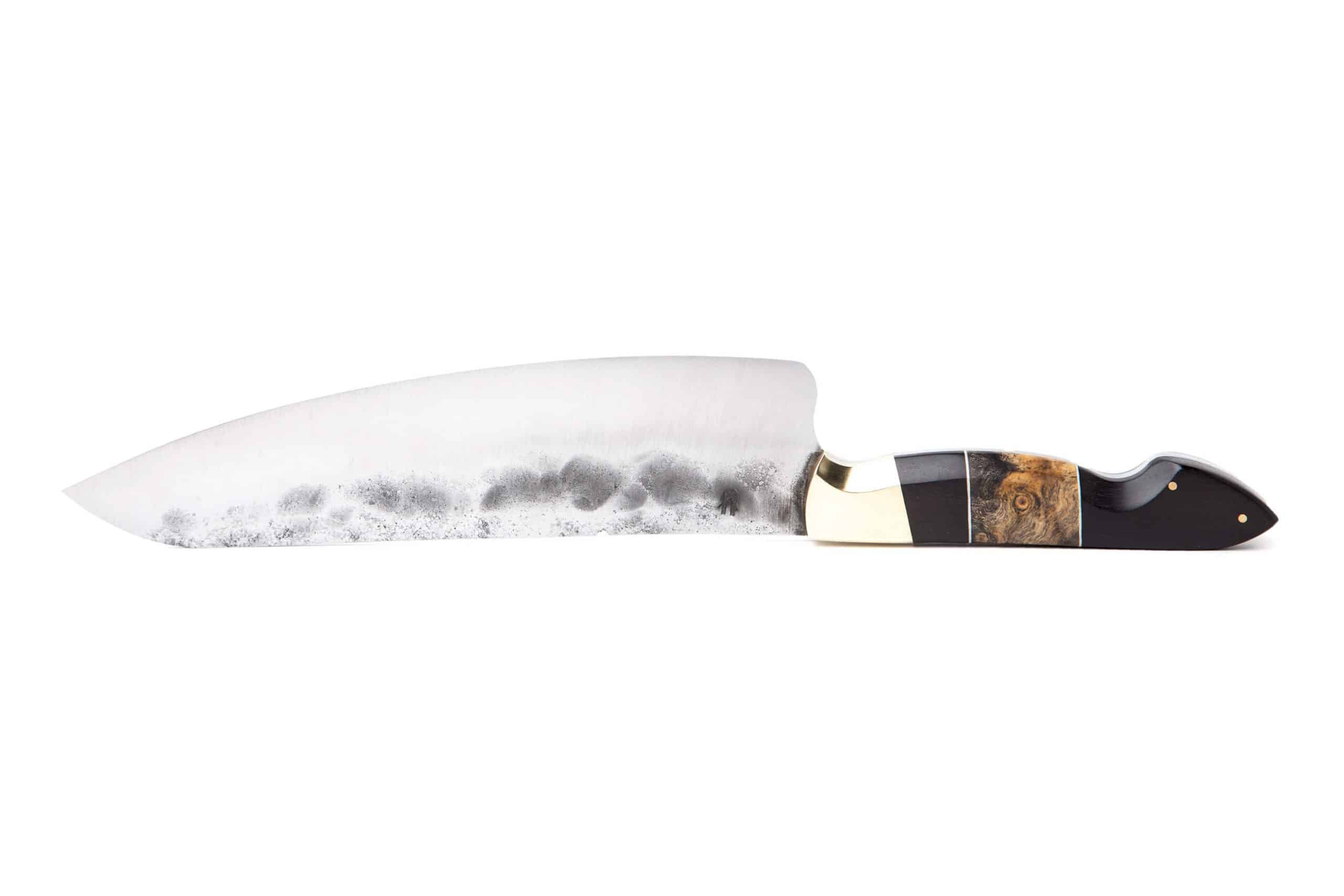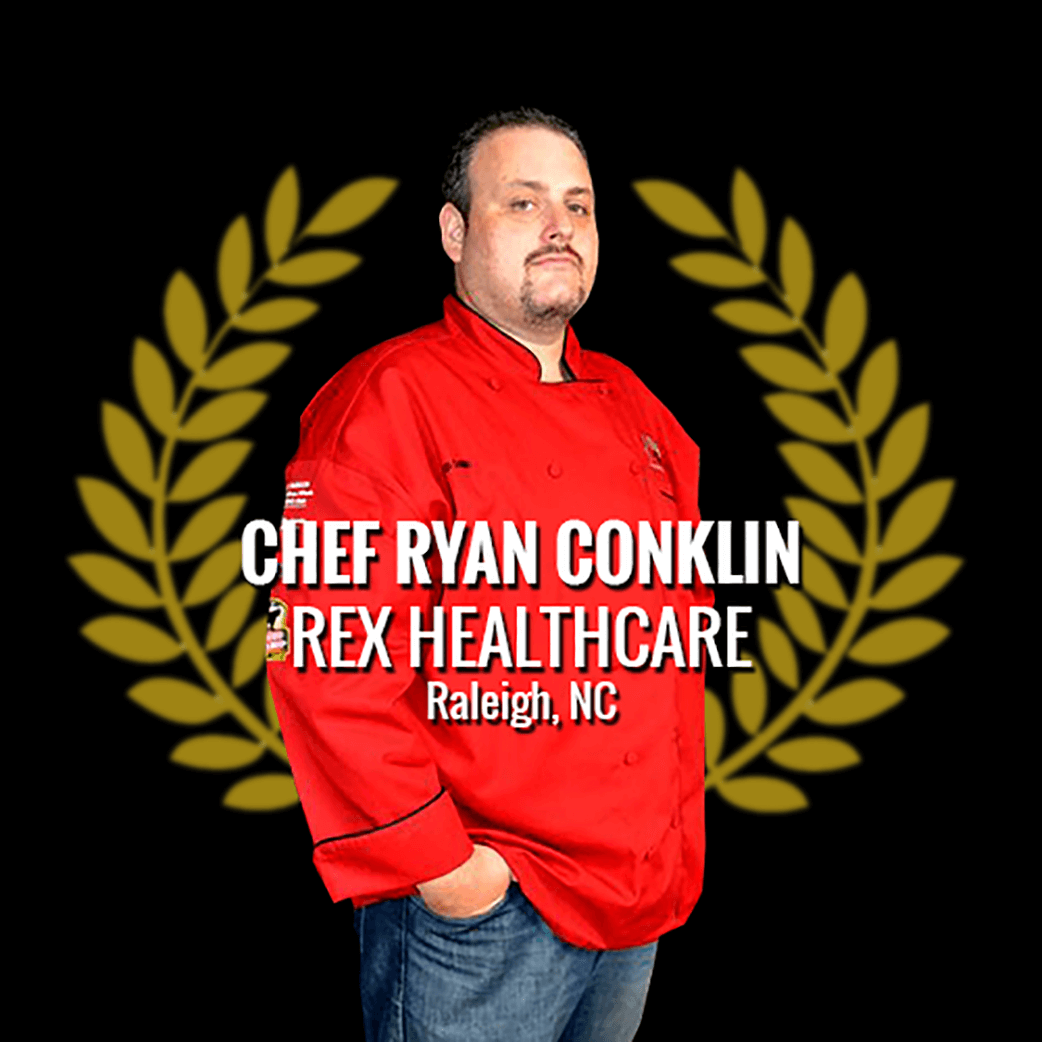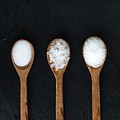Share this Post
I’m 28 years old, which means most of my friends are getting their own places and making adult decisions. I also cook for a living, which means my friends’ adult decisions often include asking me what kind of knives they should buy.
For many, knife shopping is surprisingly intimidating. Sets range from unsettlingly cheap to unattainably expensive and knife jargon can be elusive.
Forged or stamped blades? What kind of material? What the hell is a bolster? Should I just buy Cutco knives from my neighbor’s son and call it a day?
These are all valid inquiries—except for the last one. Cutco knives only seem sharp because, on a microscopic level, they’re serrated like bread knives. But due to shoddy materials and poor craftsmanship, they deteriorate quickly. Within months, Cutco buyers are left with a set of knives that cut like spoons and an un-communicated (yet palpable) resentment towards the neighbor’s son who supplied them.
It’s not just Cutco—I dislike knife sets as a concept. Picture all the knives in your knife block. Now, picture the knives you use regularly. You probably chose a traditional chef’s knife, possibly a santoku (a chef’s knife of Japanese design) and a serrated bread knife.
So why pay for a set of knives if you only really need two or three?
My advice: don’t spend a small fortune on a set. Instead, hand-pick the knives you’ll actually use. Buying knives individually allows you to curate a set tailored to your own preferences. Once a chef’s knife is chosen, the rest of your set will fall into place.

Buying a Chef’s Knife
The salespeople at Williams-Sonoma will tell you that pricier knives with forged blades—those that undergo complex processes to replicate old-school blacksmithing—are universally better than their stamped counterparts, which are punched out of a sheet of metal, like a cookie cutter, then sharpened to finish.
While there’s value in the beauty and craftsmanship of a forged knife, technology has come a long way in bringing the performance of affordable stamped knives up to par. Truth is, you can get a good knife at any budget—just do your homework. Read reviews and look for words like high carbon that indicate the hardness of the steel (the harder the better). Also, never buy a knife with a full bolster, which is a thick junction between the handle and the blade that extends down to the heel. This makes the heel impossible to sharpen and renders the knife useless over time. I like a half bolster.
Finally, buy a knife that sparks joy. A knife you love is a knife you’ll use and take care of, and that’s what really matters.
Owning a Chef’s Knife
You can’t judge a book by its cover, but you can judge a cook by his knife—and how he keeps it. Here’s how to start.
1. Holding your knife
If you didn’t know that there’s a correct way to hold a knife, you probably hold your knife wrong. To hold it correctly, put your middle finger under the bolster and loosely pinch the top of the blade between your thumb and your index finger. The pinch grip provides unparalleled control. It may seem awkward at first, but soon, the knife will feel like a natural extension of your hand.
2. Using your knife
Your non-knife-wielding hand should employ the claw technique to hold the food and feed it to the knife. So long as your fingertips are bent back behind your knuckles, your knife is safe to work right up against your hand. This means more cutting and fewer trips to the ER.
As you tackle new recipes, challenge yourself to learn basic cutting skills on Google and YouTube. Recipe calls for diced onion? There’s a method for that. If you keep researching and practicing, you’ll be surprised by how quickly you build your repertoire. It’s not a lot of work for stark, lasting improvements.
3. Cleaning and storing
Never—I repeat—never put your knife in the dishwasher. When you’re finished using it, gently wipe your knife clean with a wet towel or sponge, dry immediately and put it away. Store the knife in anything that’s made to store knives—do not let it lie unprotected in a drawer.
4. Honing and sharpening
If you watch cooking shows, you’ve likely seen chefs swiping their knives down a metal rod that’s misleadingly sold in knife sets as a “sharpening steel.” On a microscopic level, the edge of a sharp knife gets bent through regular use. When the edge bends, the knife feels dull—no matter how sharp it is. Honing the knife on a steel restores the edge and makes the knife feel sharp again. Chefs’ techniques on the honing steel vary, so look it up and choose a method that feels safe and effective to you.
Over months of regular use, knives lose their edges completely and become dull. Because of the extra force required to use them, dull knives are actually more dangerous than sharp ones, so when the cutting gets tough, Google “how” or “where to sharpen knives” and get it done.
5. Enjoy the process
Cooking is impossible to master—even the best chefs are still figuring it out—so just respect the fundamentals, be creative and have fun.
In this new series, local chef Bobby McFarland offers tips on how to cook like the pros. Currently the lead culinary consultant at The Kitchen Raleigh, McFarland loves eating pomegranate, cheese and all things pork. His culinary hero is Alton Brown.
Share this Post









Comments
How about caring for a chef’s knife? The rule of thumb is to wash your knives thoroughly after every use. This keeps it clean and prevents ingredients from drying up along the blade, thus potentially dulling it.
While cleaning your knives, you might want to use any safe dishwasher to clean the blades properly. For best results, clean the blades with a cotton cloth or sponge as you scrub away the dirt and filth. Finally, please give it a shallow soak under running water for two to three minutes.